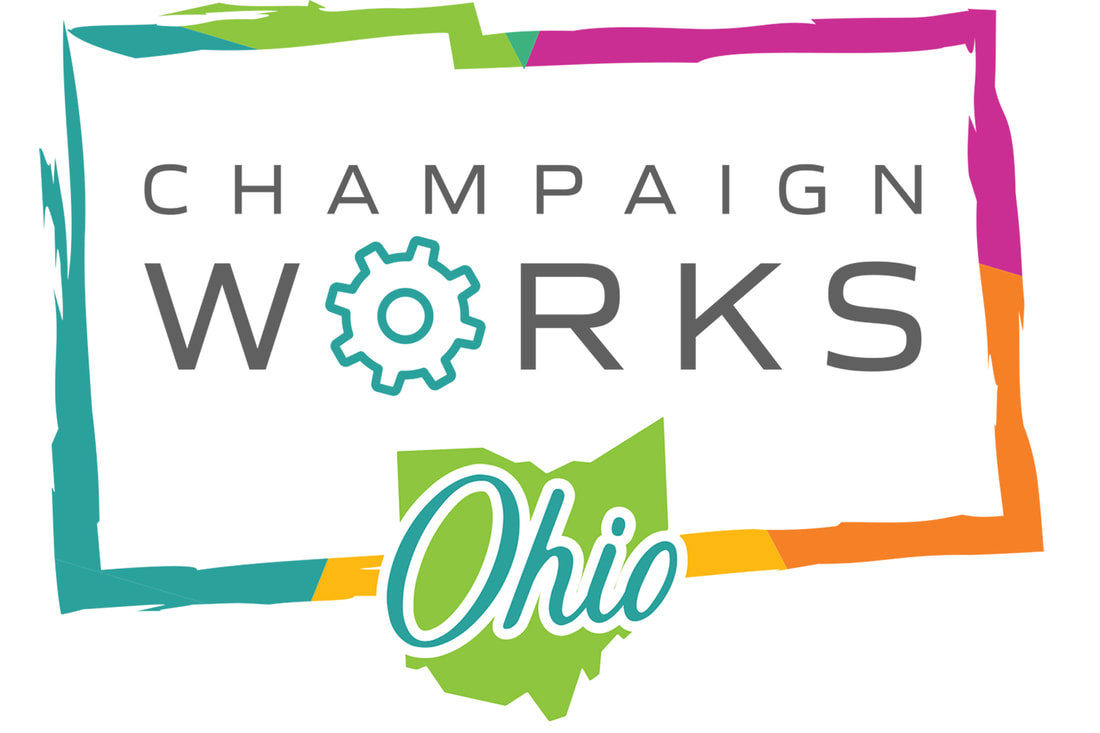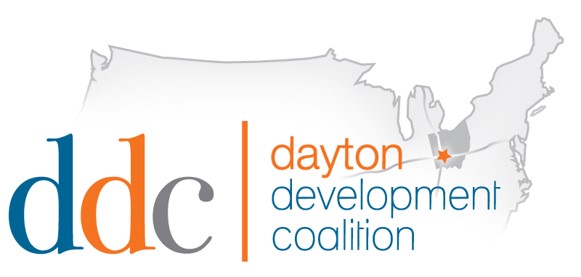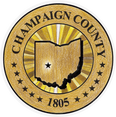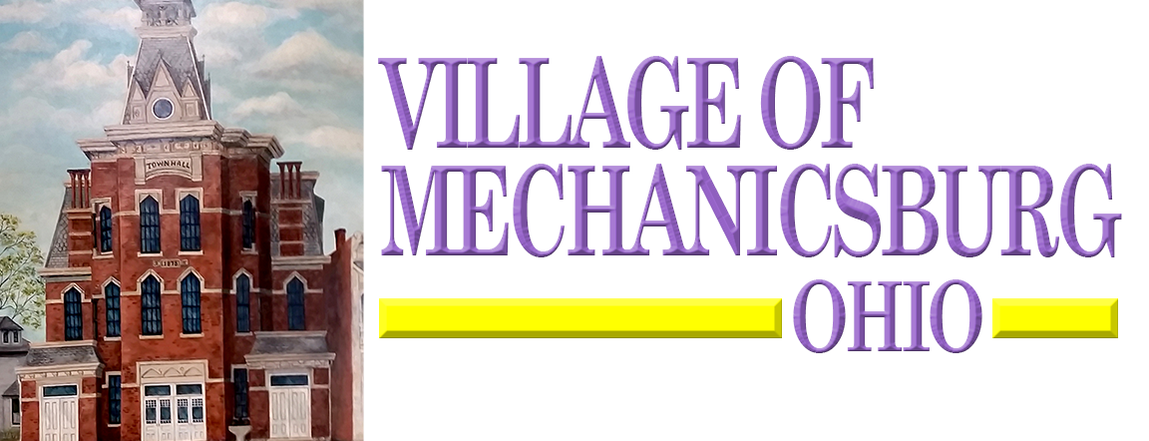The Village is seeking more financial assistance through OPWC program to implement Phase ll of water line replacement program. Phase l Water Line replacement was completed in 2018.
Phase ll of the water line replacement program would replace water mains, service connections, fire hydrants and water meters on Walnut, North Main, West Race, and Sandusky Streets. This will serve approximately 140 residences directly and the remainder of the Village providing better water flow through the system. "We grateful to have received the grant and thank the State for their investment in our community." says the Village of Mechanicsburg. By Anna Gaertner- Contributing writer Urbana Daily Citizen
MECHANICSBURG – Champaign Economic Development Director Marcia Bailey was present during the meeting to discuss a building improvement project with the village council. “The Main Street building there on the corner which used to have a laundromat and a video store was owned by the village,” Bailey said. She explained that after the village had been trying to sell the property for a long time, Mayor Ben Layne put in a bid for the property, hoping to renovate it. “He had gotten started on some renovations, but then decided to sell the property and his brother was interested in it. His brother (Austin Layne) and his wife are now renovating the property,” Bailey explained. “There is an apartment upstairs, and one in the front of the building as well. And then, there will be storefronts on the bottom floor. “My question for the council is, do you want me to get another signed development agreement with Austin?” Bailey said. “Because of the nature of the way this transaction happened, I think it would be advantageous for Ben if Austin is willing to sign that,” Attorney Joe Jimenez replied. Council members unanimously agreed to have Austin Layne sign a new development agreement. “Having that eyesore cleaned up will be great!” Councilman Jason Adelsberger said after seeing photos of the renovation project. Other business Village Administrator April Huggins-Davis informed the council members about an estimate for repair from storm water issues on East Race Street and Clark Avenue for a total of $10,675 to likely come out of the street fund money. The council members approved the funds. “I don’t know if you have driven down West Sandusky, but we have some major issues. On West Main as well. Do we want to get bids to come in and fix these potholes?” added the mayor. Layne listed different methods that could be used to improve the streets. “We can use flash fill, concrete, asphalt. I think this needs to be as soon as possible. We can use the state fund for this, but it is our responsibility. We also have four water main break patches too.” The council members agreed to set up a Street Committee meeting to further discuss these issues. “I’ve had a couple calls about the Community Cleanup,” Huggins-Davis said. “Last year, it was canceled because nobody knew what was going on, but I think we can do that safely. They usually haul the dumpsters in on Friday and we get four of them. We need volunteers down there to help unload people’s trucks. We use the backhoe to smash everything down, so we need someone who can operate that.” The village council decided on Saturday, April 24 for the Community Cleanup. Layne concluded the meeting by thanking Councilman Chip Wibright. “I want to thank Chip and the street guys and anybody who chipped in with the snowfall this year. It was a lot more than usual. They did a good job and kept up with it as much as possible,” Layne said. Village council unanimously decided the most efficient way to sell a forklift the village wants to liquidate was to list it on GovDeals. Overview from Feb. 15 meeting The permanent budget for 2021 was presented to the Mechanicsburg Village Council in an email prior to the Feb. 15 meeting. After discussion, the council members passed the motion to approve the budget unanimously. The mayor requested to sell equipment that was unnecessary for the village, in order to clean out the barn which will provide a storage space for the storage trailer to be kept. The equipment included a salt spreader, two push mowers, a leaf vacuum and a John Deere mower. The items will be listed on GovDeals. Council also approved the disposal of village-owned scrap metals collected throughout the years. Reach Anna Gaertner at UDCeditor@aimmediamidwest.com.Reach Community leaders have known for some time that Champaign County needs more available housing options to attract new businesses – and their workforce – and to support growth of existing business.
Recommendations to help Champaign County provide the full range of current and future housing needs will be unveiled at a public meeting, 8:30 to 11 a.m., February 14, in the Champaign County Community Center Auditorium. The recommendations are part of the Comprehensive Housing Market Analysis for Champaign County, developed by the Greater Ohio Policy Center (GOPC) and commissioned by the Champaign Economic Partnership (CEP). CEP Director Marcia Bailey said that the housing market analysis will be shared first with local county, city, village and township officials before the public meeting. “The February 14 public meeting is open to all citizens and will provide information of special interest to business leaders, developers, real estate professionals, builders, property owners, financial institutions and others interested in helping Champaign County thrive,” Bailey said. She added that an evening session will be scheduled for late February or early March and additional public meetings will be announced to provide residents multiple opportunities to learn more about the study findings. The GOPC is a nonpartisan, nonprofit organization focused on helping improve Ohio communities through smart growth strategies and research. The GOPC regularly provides expert analyses to public, private and nonprofit leaders at the local, state and national level. Bailey said that the study is designed to serve local leaders as a guide for making decisions that support a broad range of housing options for all segments of the population. And to attract new residents, including young families drawn by jobs and people looking for a quieter lifestyle within commuting distance of their jobs in metropolitan areas. The study covers the county as a whole, as well as the four primary population centers, Urbana, Mechanicsburg, St. Paris and North Lewisburg. The GOPC conducted the study with the guidance of steering and advisory committees composed of local government officials and representatives of financial institutions, developers, builders, property owners, real estate agents and business owners. Examples of recommendations made in the study include:
$40K will be spent to look at challenges facing Urbana, county’s 3 villages
“We want development to occur where there is available or nearby infrastructure. We are an agricultural community and we want to be able to preserve agricultural land as well,” she added.
The study will cost $40,000, and it will be paid for with funds set aside by Champaign County commissioners to be used for economic development, Bailey said. The study aims to compare municipalities in the county to others in the state that are tackling similar problems such as aging housing stock, a fair number of blighted properties and limited land for new housing developments. Bailey said the study will be similar to the one recently conducted in Springfield that looked at what the city could do to attract new housing opportunities. The Comprehensive Housing Market Analysis for Springfield was released in August and made six major recommendations to city officials. Those recommendations included playing into preexisting assets, continued focus on downtown revitalization and rehabbing existing housing stock. Bailey said her organization is looking to do the same in Champaign County and wants to use the findings of their study to make the area more marketable to developers. She said that includes looking at what new housing options would work best in the county, whether that would be smaller single family homes or loft apartments in recently renovated buildings. “One of the big things that we are looking at right now is what type of housing is in demand,” she said. “We are seeing more loft apartments in downtown Urbana for example. We want to continue that trend.” Bill Bean, the mayor of Urbana, said his city is landlocked and there is not much land available to develop new single family homes. He said, instead, some property owners in downtown Urbana are turning the second and third stories of their buildings into loft apartments. “Instead of growing out, we are growing up,” he said. Bailey said in the city’s Monument Square, she estimates 10 loft apartments and says more are currently being developed. However, the city’s last major housing development was completed in the early 2000s. The subdivision known as Parmore Estates, on the eastern edge of the city, consisted of 90 single family lots as well as two condo sections of 20 lots each, according to its developer Bill Parker, who is the president of Par-Mee Development Corp. He is currently working on a subdivision called Park Place of Urbana. The first phase of that project will consist of 13 small, patio/single family homes along Powell Avenue, which is expected to be completed in the next two years, Parker said. Bean said, however, land for new housing developments can be hard to find in the city. He said it depends on whether property owners are interested in selling their property or are working with a developer. “In order for us to grow, we need to get developers to look at us. We need to let them know what we have to offer,” he said. Bean said he believes the housing study will be a good tool for future development not only in Urbana but also in the county as a whole. Greg Kimball, the mayor of Mechanicsburg, said his village has similar housing problems such as the lack of available land for new developments and a limited number of developers operating in the area. He said there is also a fair number of nuisance properties in the village. Kimball said he hopes the study will help them work around those issues as the village hopes to reassess its housing stock while working to increase property values. Contact this reporter at 937- 328-0355 or email Hasan.Abdul-Karim@cmg.com. BY THE NUMBERS 38,754 Estimated population of Champaign County in 2018, according to U.S. Census Bureau 4 Number of cities and villages in Champaign County that will be examined as part of the housing study $40,000 The cost of the housing study, which is expected to be completed in January CONTINUING COVERAGE The Springfield News-Sun has provided extensive coverage of housing and employment issues in Clark and Champaign counties, including recent stories on wages, job opportunities and a recent housing study conducted in Springfield.
Key development projects
Thanks to economic development investments by private businesses working with the CEP, Urbana – for the first time ever – ranked 41st in the Site Selection magazine’s 2017 list of top U.S. micropolitan communities. Recent successes include the new Navistar distribution center, Memorial Health’s medical building, expansion of Weidmann Electrical Technology, opening of Nutrien Ag Solutions, Sutphen Corporation’s new Service, Parts and Refurbishment Center, expansion of Old Souls Farms hydroponic operations, expansion of Advanced Technology Products and purchase of the former Robert Rothschild Farm property. Champaign County manufacturing jobs have grown from under 3,000 jobs in 2013 to nearly 4,000 in 2018. Major projects for 2019 include:
The CEP is partnering with schools and businesses in numerous ways to help make sure Champaign County has the skilled workforce required by new and expanding businesses. Results of these partnerships include:
Future development
For more information, call the CEP at 937-653-7200 or browse CEPOhio.com. |
Archives
February 2024
Categories
All
|
|
CEP Office Location:
40 Monument Square, Suite 306 Urbana, Ohio 43078 937-653-7200 |
All drone photography courtesy of Jassen Dobyns of UAVisions LLC. Additional photography courtesy of Dave Millner of the Champaign Camera Group.
Website by Berry Digital Solutions, LLC Urbana, Ohio |
Click on the logos for more information.

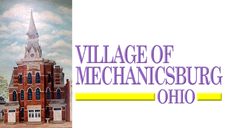
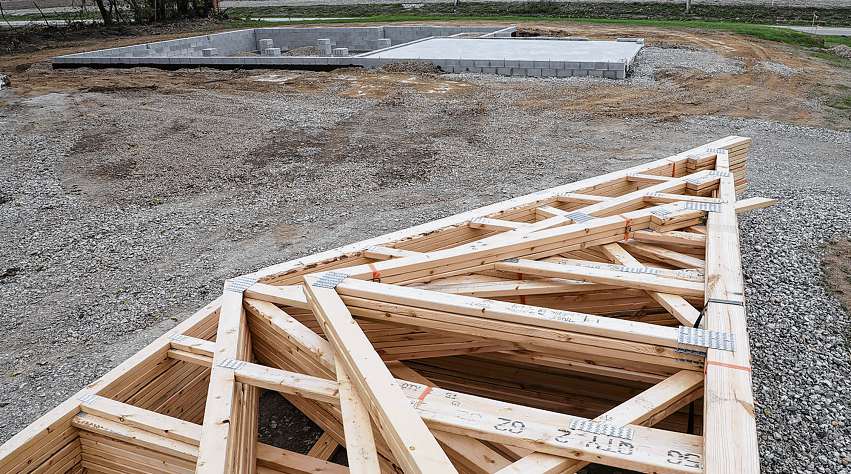
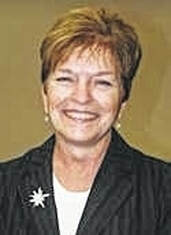
 RSS Feed
RSS Feed

